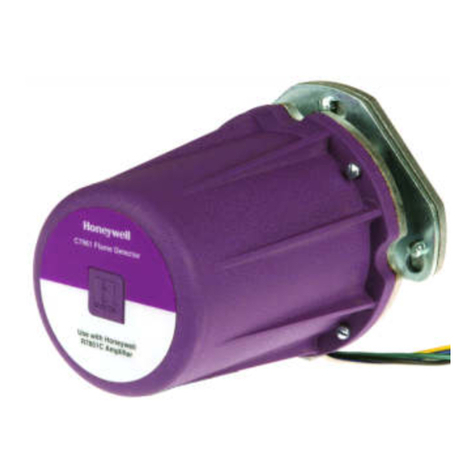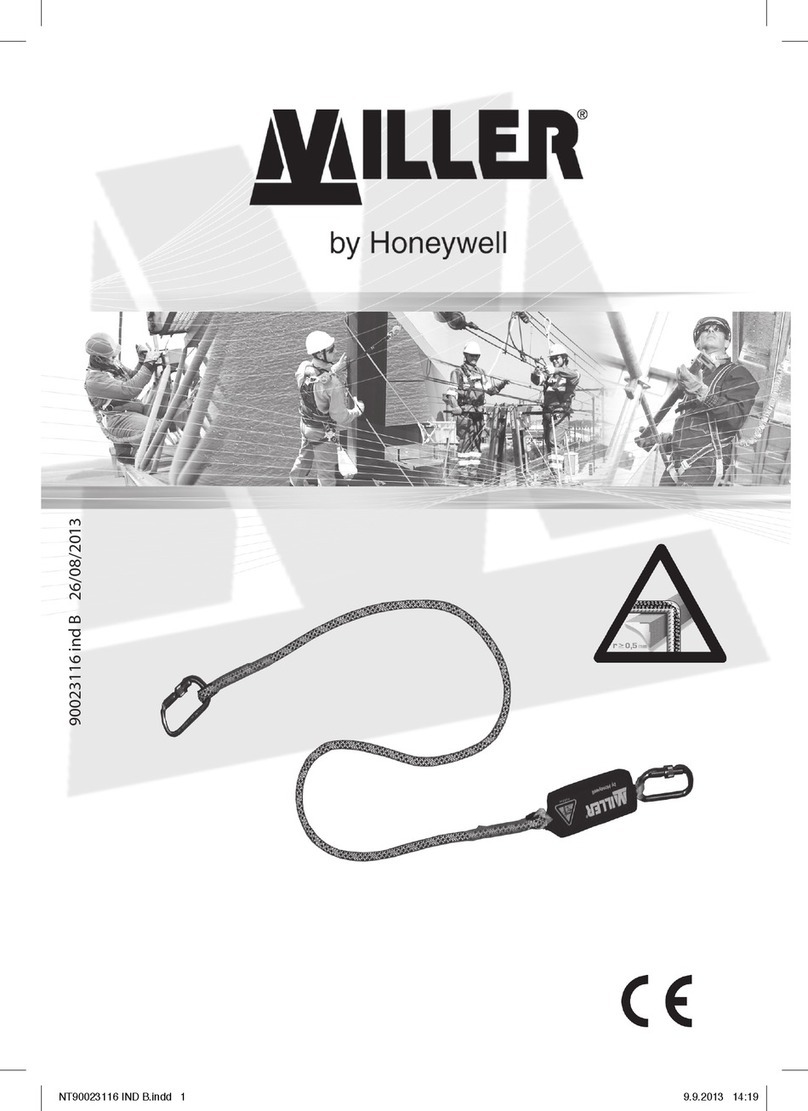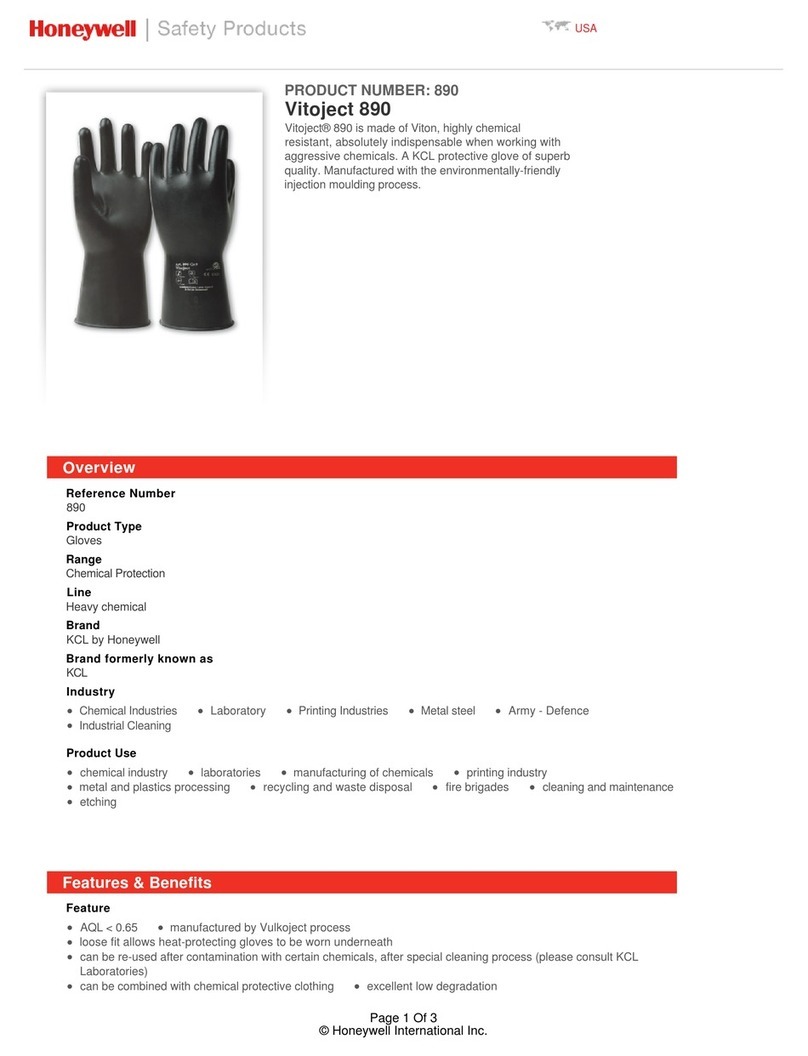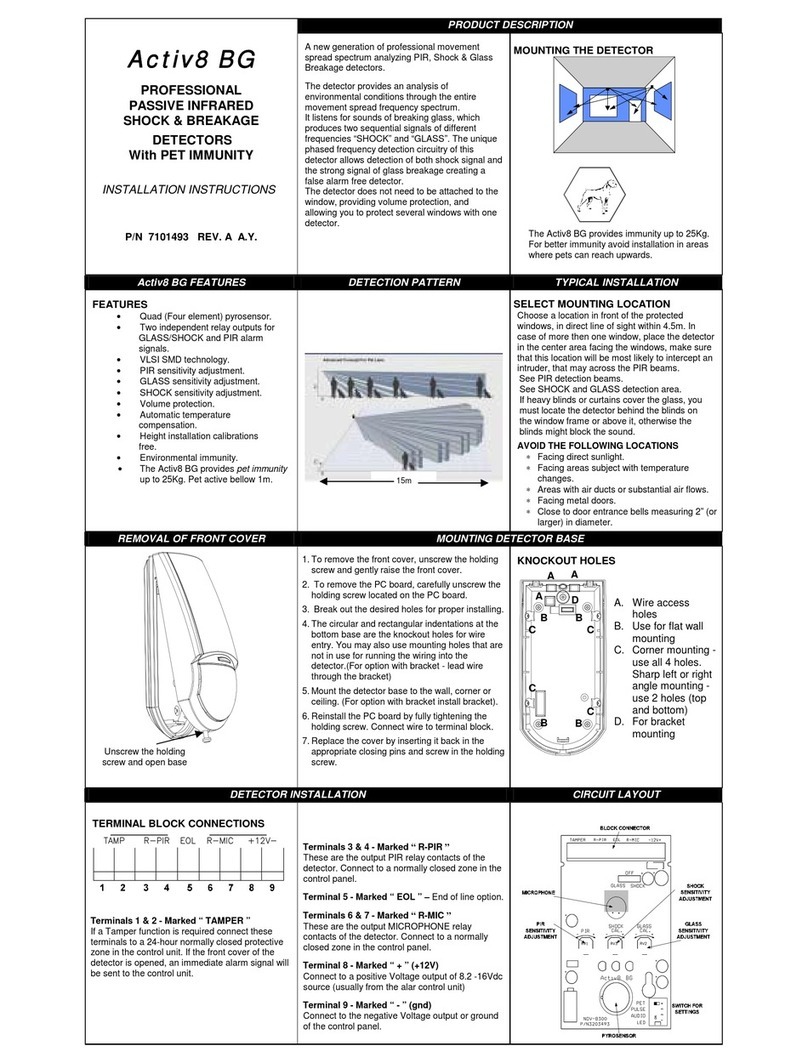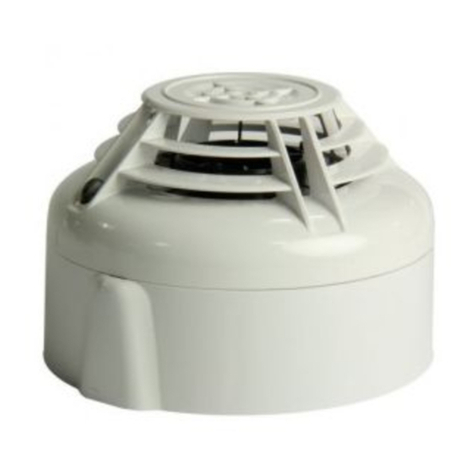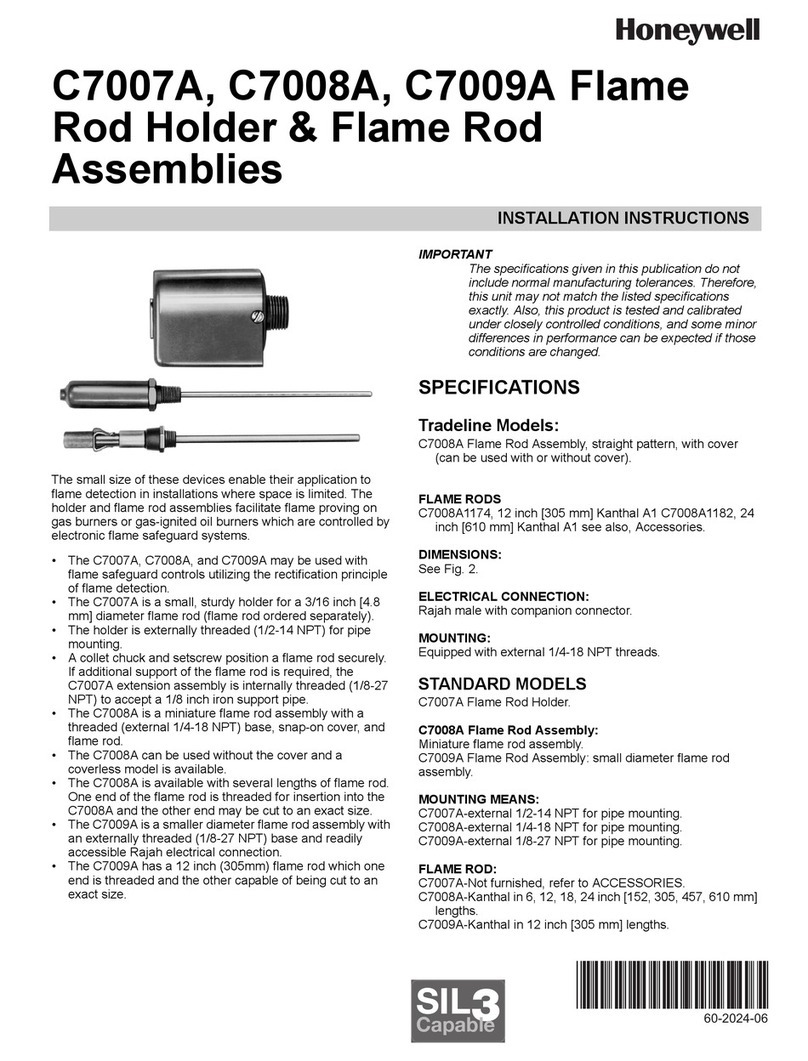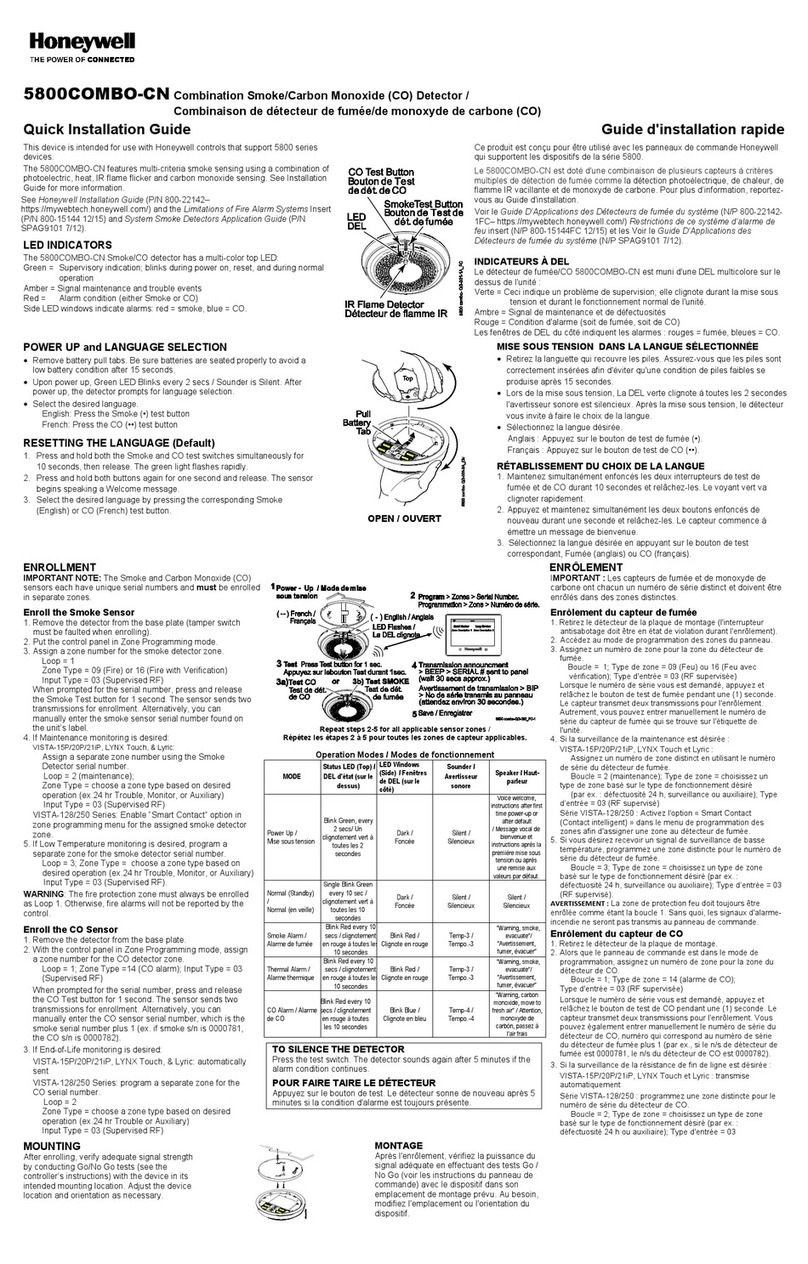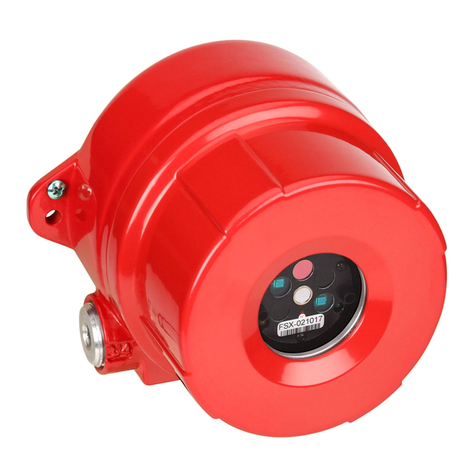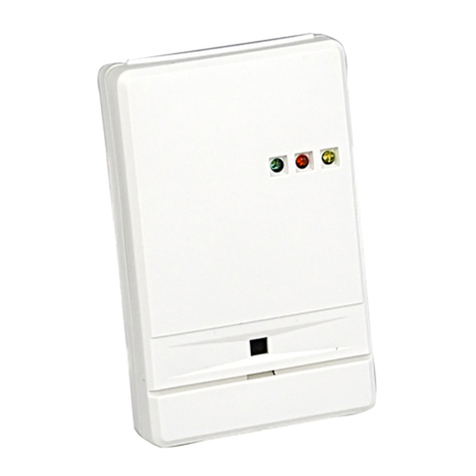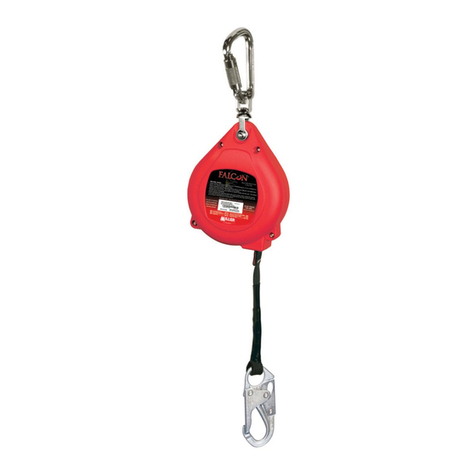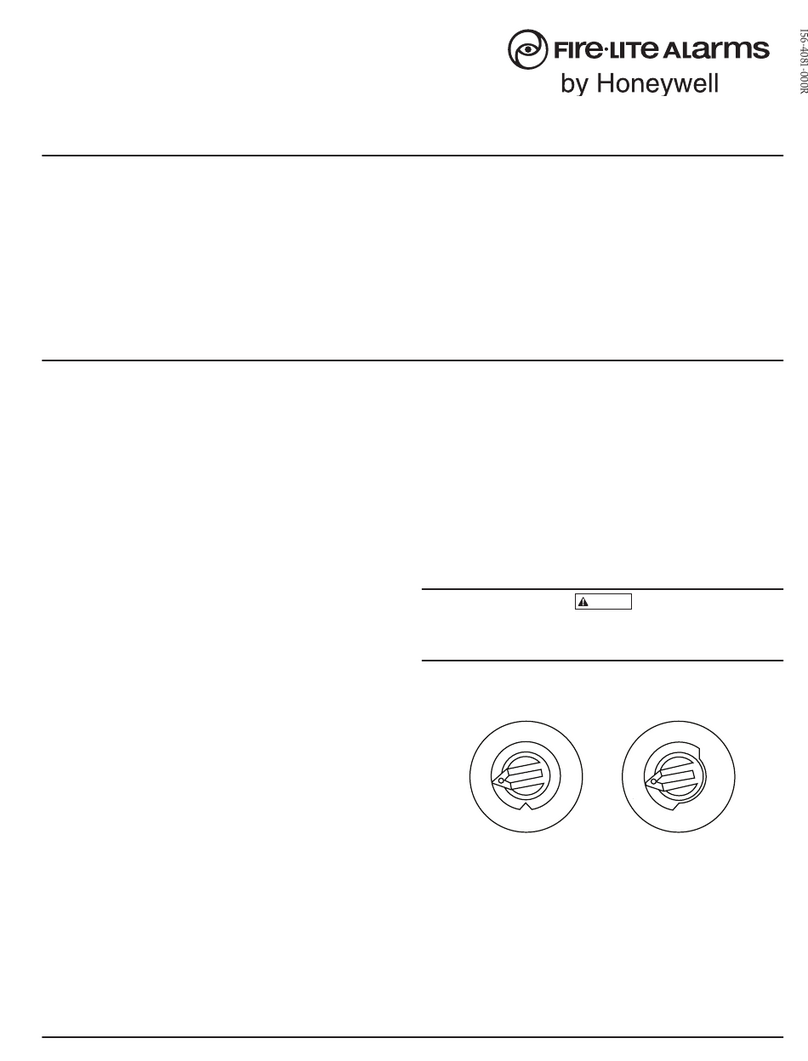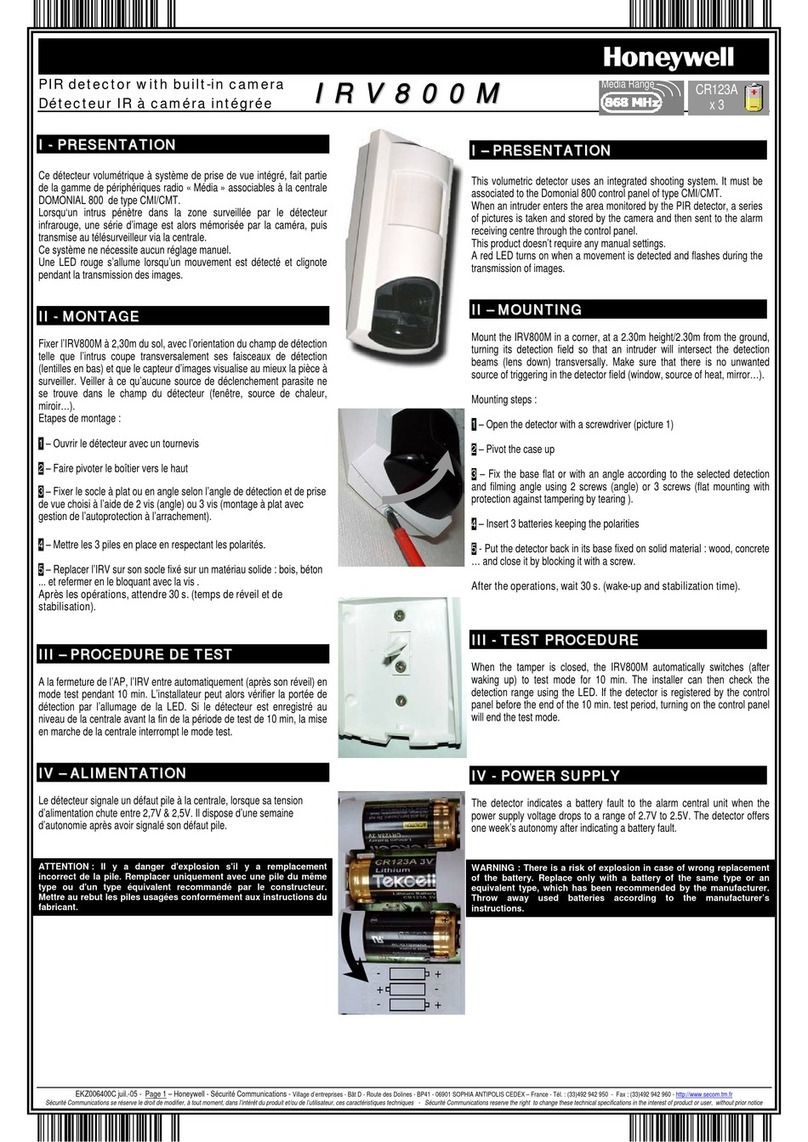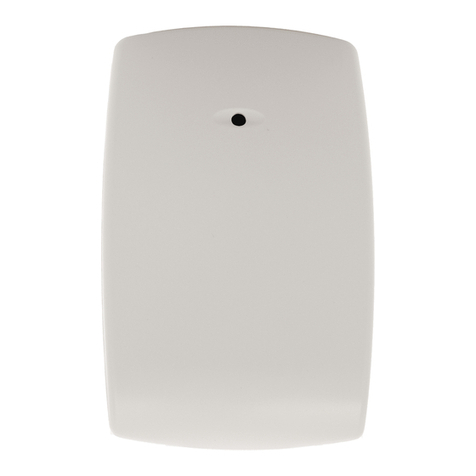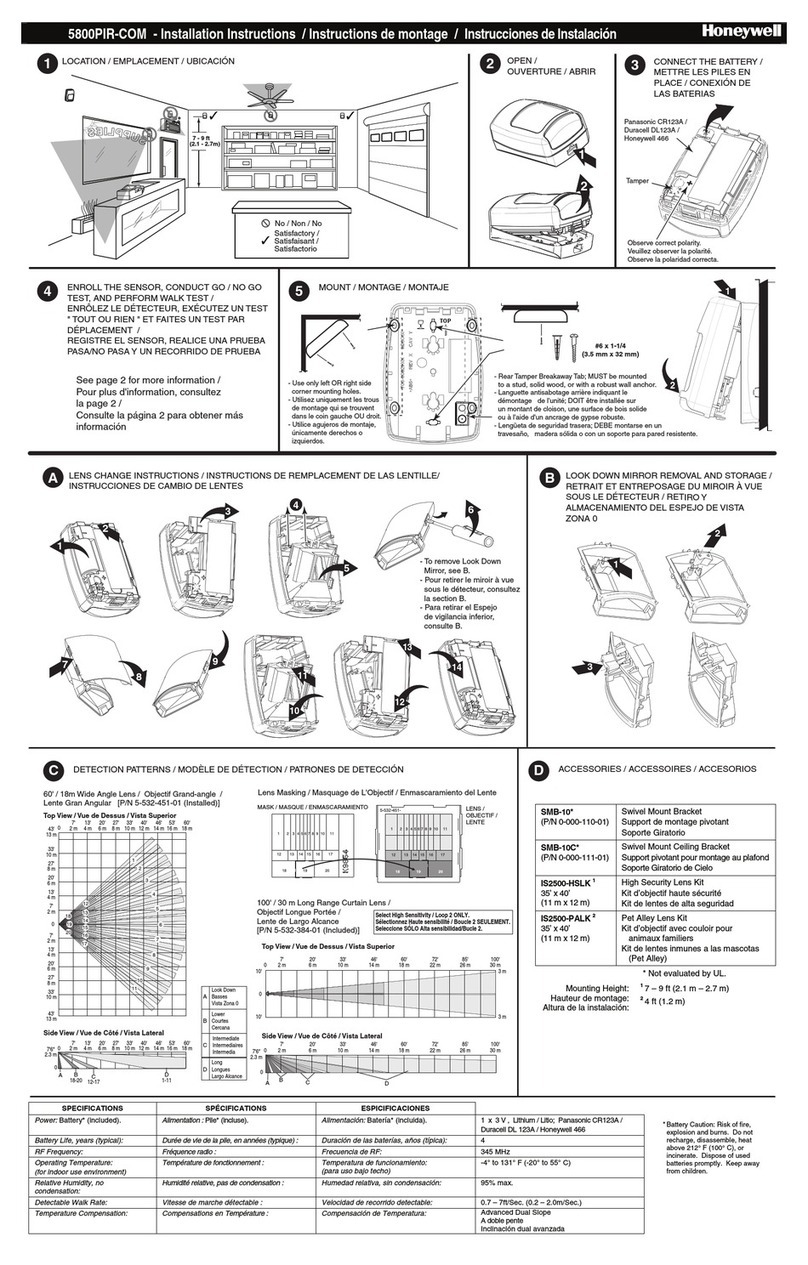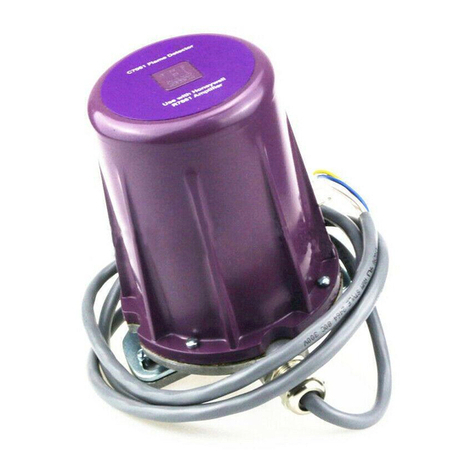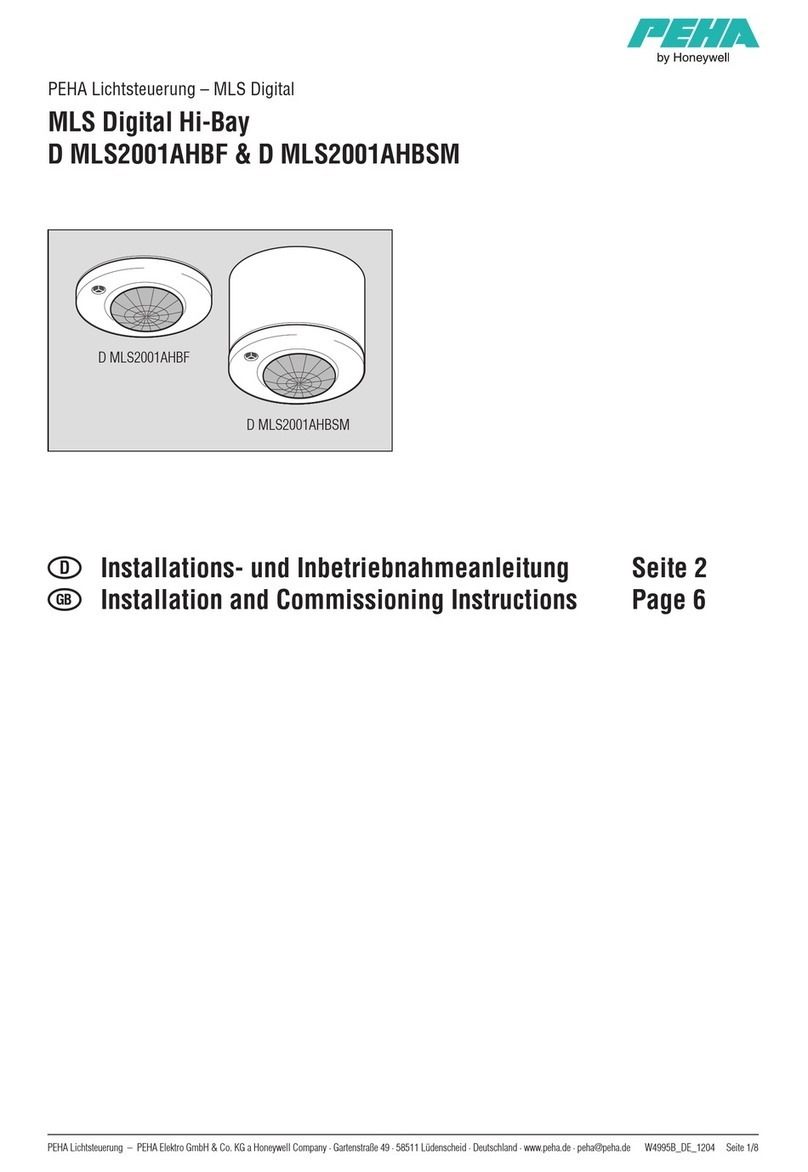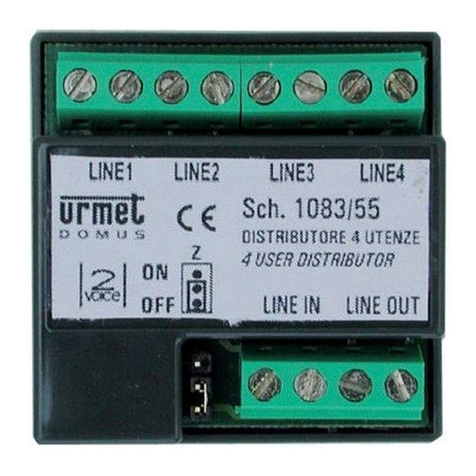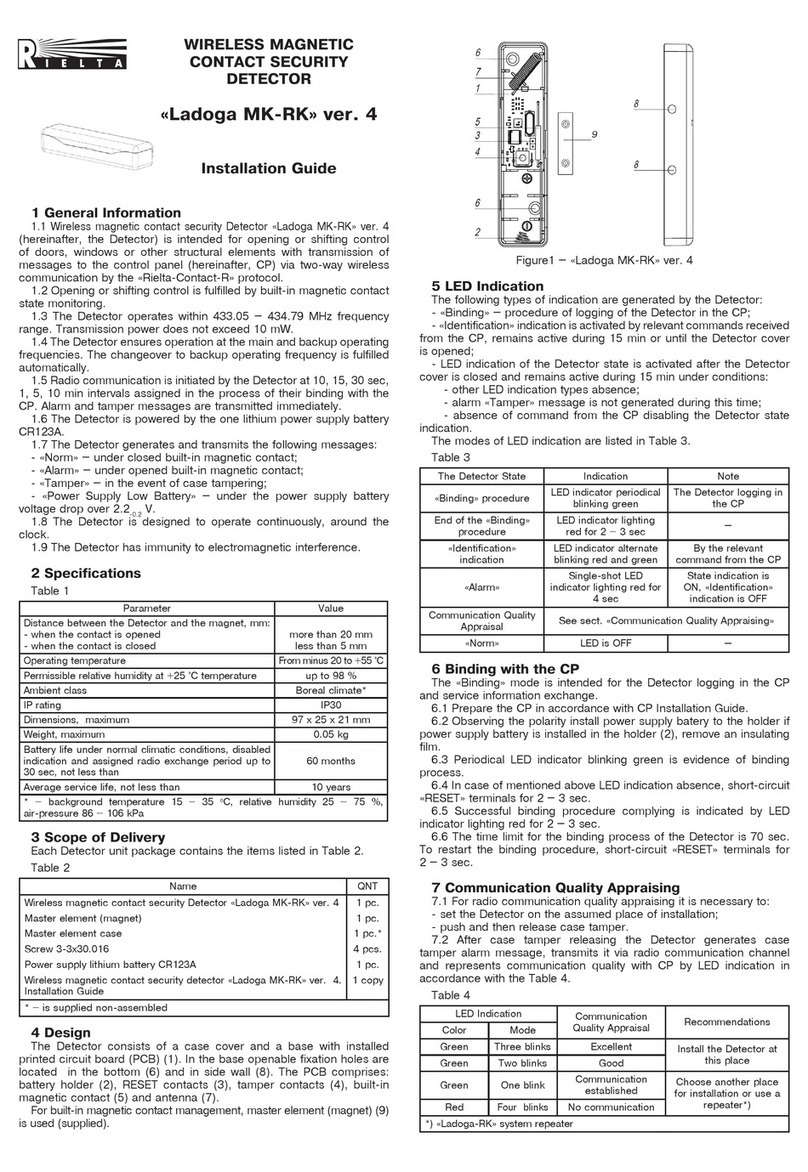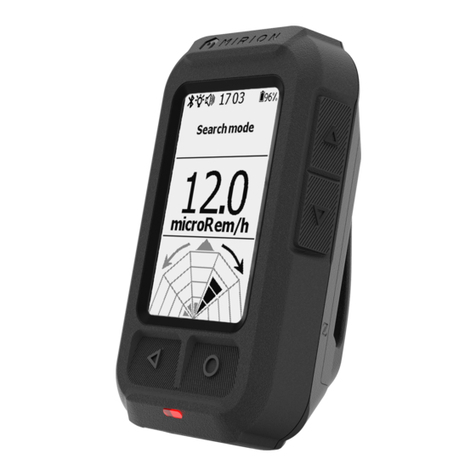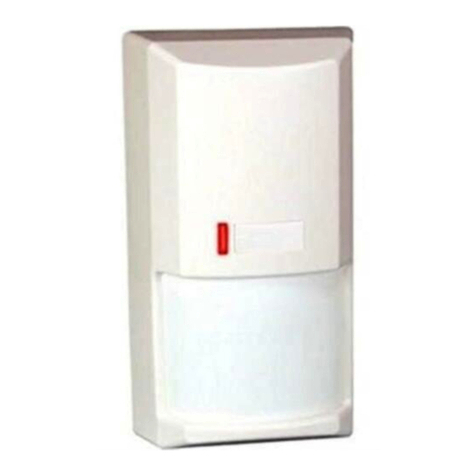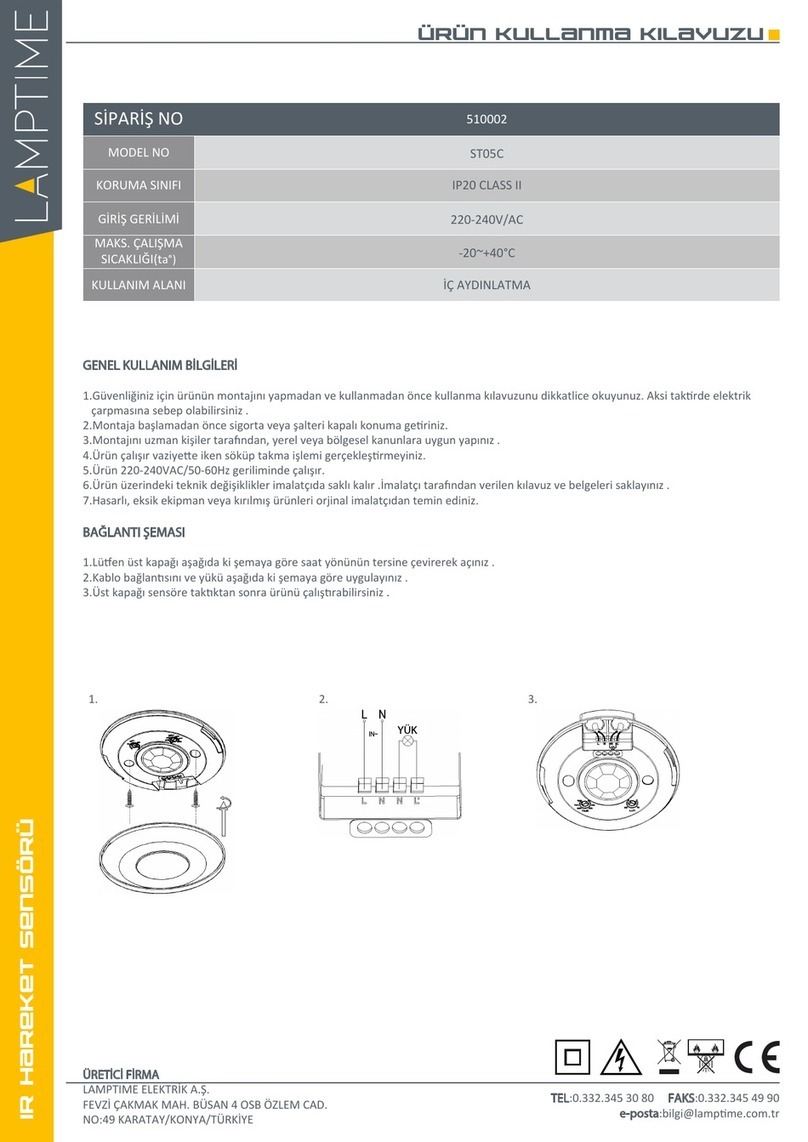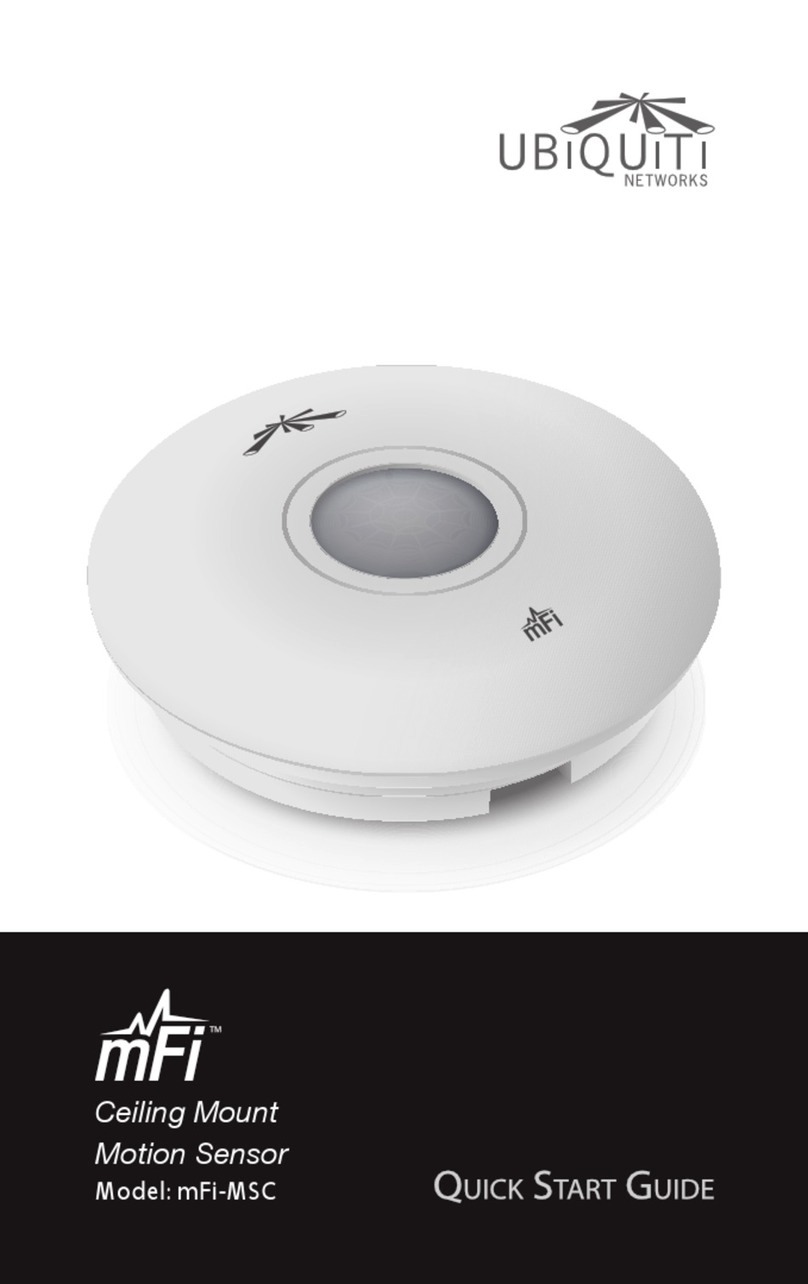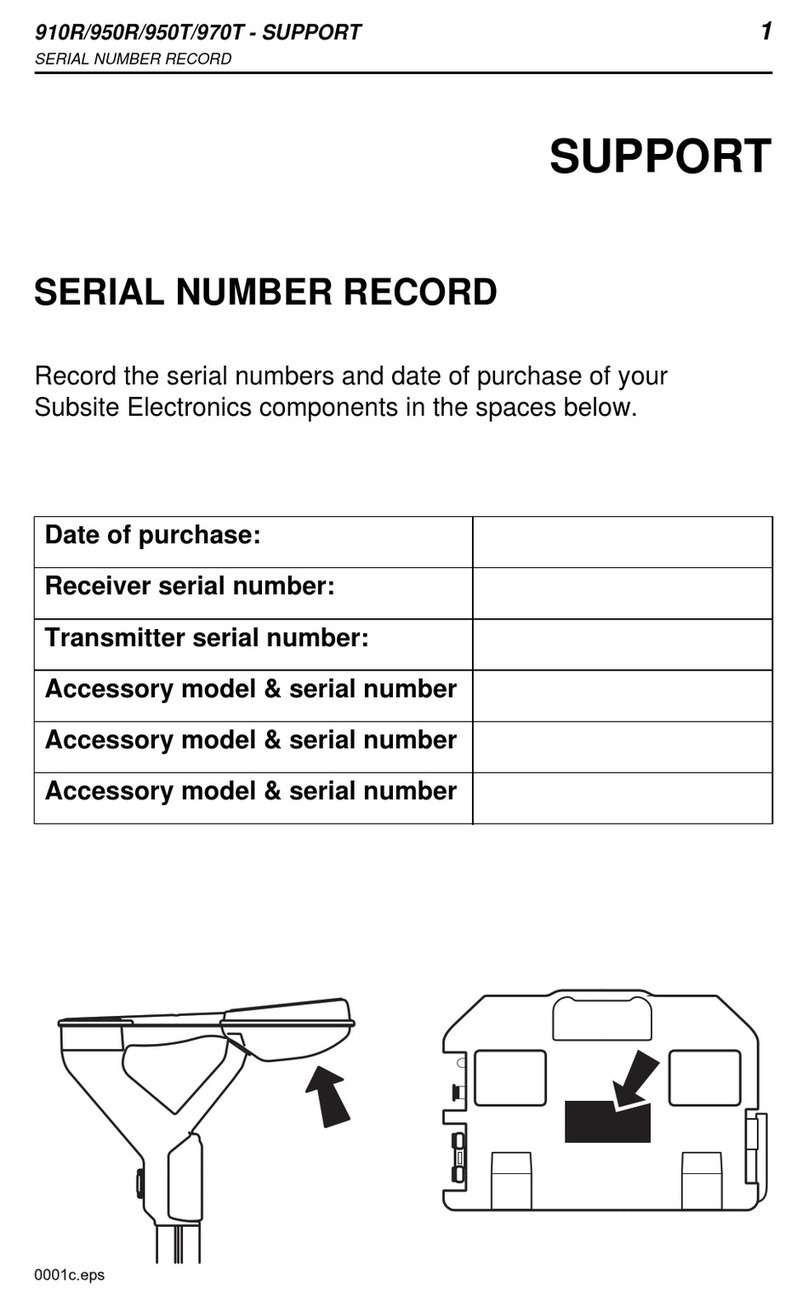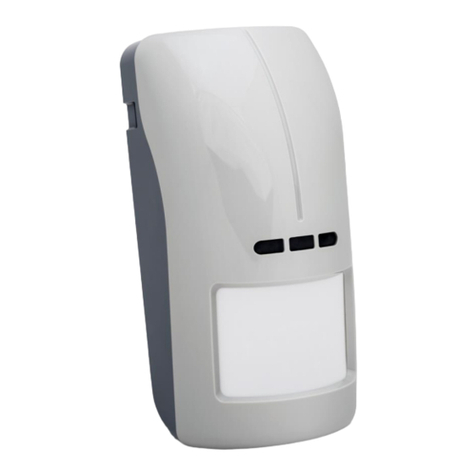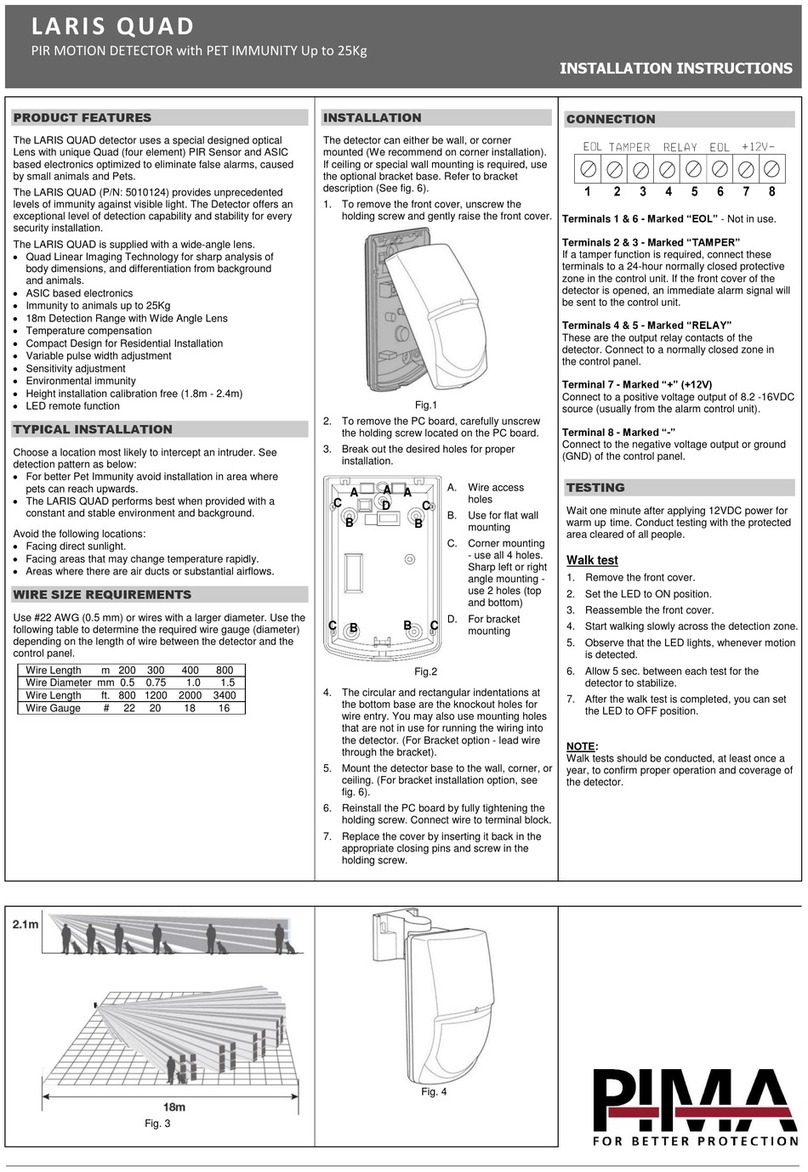
2
TECHNICAL FEATURES
1. Flame detection
- Yellow- as well as blue-burning oil- and gas flames can be
monitored.
- The flame detector is suitable for operation where the
ambient temperature is within the range -20°to +60°C.
- The flickering detector IRD 1020.1 becomes active not
before a minimum threshold-level of steady light is
exceeded. That guarantees that neither electromagnetic-
nor ignition-spark noise are affecting the IRD.
- Sensitivity is adjustable.
- LED 1 is a warning indicator for the pre-purge phase as
well as normal operation. LED 2 indicates the actual status
of the detector: On or off.
- During pre-purge, LED 1 indicates possible stray light,
which may be produced either by a flickering or by
a steady light source, before the detector switches on
(LED 2).
- When the burner is operating normally, LED 1 acts as a
warning indication of the flame signal current sensitivity
being set too low - it begins to flicker or extinguishes
before the detector switches off.
- The compact size makes it possible to mount the detector
on any burner. For this reason the IRD mounting flange
M93 has the same dimensions and fixing holes as the FZ
flange M74. This magnetic flange provides the switch-off
facility specified in the European standard. The IRD 1020.1
therefore only functions with the M93 flange.
2. Installation instructions
- The detector probe should be fitted so that it receives the
light which pulsates most strongly. This can be achieved
by positioning the detector as close as possible to the
flame or by directing it at a particular zone of the flame (e.g.
by using a sighting tube).
- No stray light must be allowed to fall on the detector (e.g.
through cracks or from a sight glass). Pulsating stray light
(e.g. from fluorescent lighting or light bulbs) could cause
the system to switch to lockout. Due to the very high
sensitivity of the detector, it should not be exposed
directly or indirectly (reflections) to the ignition spark.
- The infra-red flicker detector should be fitted in such a way
that the ambient temperature cannot under any
circumstances rise above 60 °C. At higher temperatures,
there is a risk of incorrect operation and the life expectancy
of the unit could be reduced. In addition, care should be
taken that the detector is not subjected to unusually harsh
vibration and receives no hard knocks.
- It is necessary for the magnetic IRD M93 flange to be
mounted on a flat surface to avoid any mechanical stress
which could otherwise damage it.
COMMISSIONING AND MAINTENANCE
During commissioning and after servicing, the flame
monitoring system should be checked for faultless operation
as follows:
1. Check that the detector is connected properly. Wrong
connections are a risk to safety, and could cause damage
to the detector unit or burner system.
2. Adjust to maximum sensitivity and start the burner: If the
LED indicator is lit after the start impulse, carefully adjust
the sensitivity control until LED 1 extinguishes. No LED
should light up during the pre-purge phase.
3. When the burner is operating normally, carefully turn
back the sensitivity control until LED 1 begins to flicker.
Increase the setting again by one or two increments until
both LED’s are lit. If LED 1 does not flicker even at
position 1: Leave potentiometer at position 1-2. This
adjustment should be carried out when the flame signal
current is weakest (at a cold-start, shortly after flame
establishment or after stabilisation).
4. The flame detection device requires no maintenance of
any kind, and as it is classed as safety equipment, no
attempt should be made to open the housing.
5. Because the nature of the flame can change in time due
to the accumulation of dirt, the indicators on the detector
should be checked periodically.
Please note:
Burner operating normally = both LED’s on
Burner in pre-purge phase = both LED’s off
For safety reasons the sensitivity must not be set
higher than necessary.
Safety Checks:
1. Shut off the fuel supply when the burner is in the "run"
position. The indicator LEDs should extinguish and the
control box go to lockout.
2. Start the burner with the fuel supply shut off. The control
box must go to lockout at the end of the safety time due
to absence of flame.
3. Remove the detector from its mounting flange during a
pause, fit onto it a second flange M93. Start the burner
with straylight on the detector (e.g. by a cigarette-lighter,
bulb or a neonlight. Daylight or a torch is not suitable).
The control box must go to lockout due to stray light
either immediately or at the end of the pre-purge,
depending on the model.
Test switch-off facility:
1. Remove the detector durning the "run" position from its
special M93 flange. The control box must go to lockout
due to the activated switch-off facility.
IRD 1020.1
